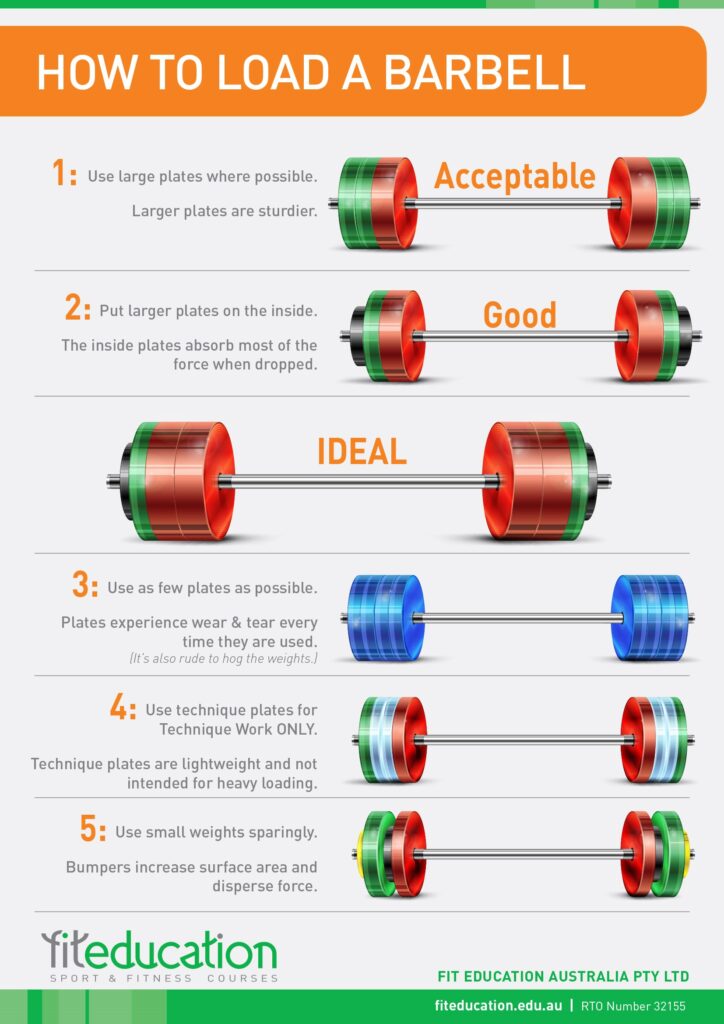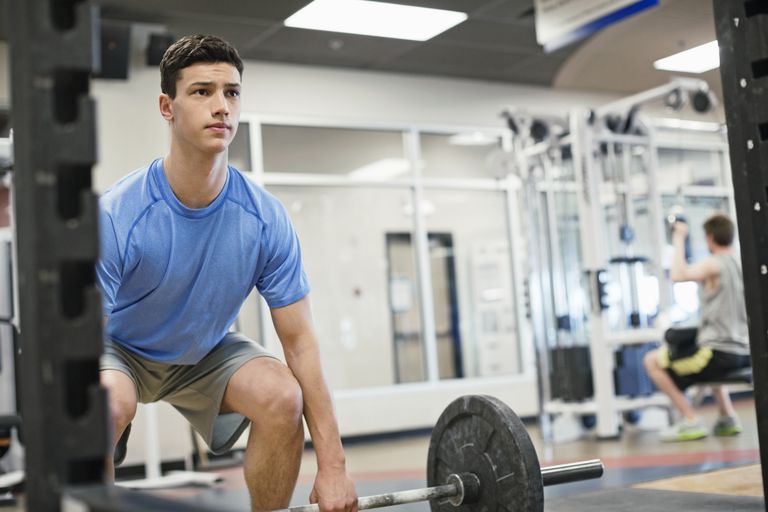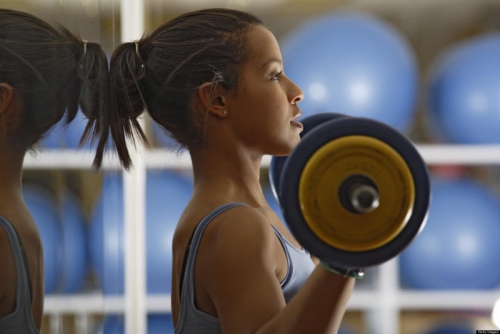This article provides advice on school gym management, safety, and how school strength and conditioning coaches can protect themselves from liability and accidents .

Do No Harm
The #1 rule in any school gym? ‘ Do No Harm’ simply means never injure somebody. The rule itself is actually very simple: it’s a promise to uphold standards. Standards of safety, personal trainer conduct, athlete conduct, cleanliness, and more.
Working with high school-age kids in a room filled with heavy equipment can potentially be dangerous – but it doesn’t have to be, with the right mindset. This #1 rule informs every decision made in the gym because when everything you do is about athlete safety, a lot of things become clearer.
Rules for the Personal Trainer / Strength and Conditioning Coach
Inform Participants and their Parents of the Risks Involved with Strength Training.
Have athletes sign an Assumption of Risk form. Students must participate voluntarily in a weight training program – this is for their physical safety as much as it is for the liability of the strength coach. All athletes that enter the gym must be informed of the risks involved in strength training. Anyone who has not signed their form does not enter. We recommedn using the “Pre Exercise Screening for Young People”.
Be Aware of the Coach’s Responsibility, Duty, and Obligation to Gym Participants.
Coaches should be “reasonable and prudent,” – meaning coaches must take reasonable (fair, sensible) steps to prevent weight room injury, and act prudently (with care) if/when an injury does occur.
Implement a Standard of Care for Participants.
Accidents can happen in the weight room. Many of them are preventable – but some are not. If or when an injury does occur, coaches should ask themselves, “What would a reasonable and prudent person do under similar circumstances?”
Communication
These rules also emphasize the importance of inter-departmental communication. Reviewing other Personal Trainers training programs and keeping all staff in the loop regarding situations involving athlete safety is important for maintaining high gym standards.

Aus Active, ESSA and ASCA Registration.
What is the very best way a strength coach can ensure safety in the gym and uphold that #1 rule, Do No Harm?
All about competence.
The strength and conditioning coach combines many disciplines: sport/exercise science, organization and administration, management, and, of course, coaching. To become competent in all these disciplines, coaches achieve certification through Aus Active, ESSA or ASCA.
Pre-Participation Screening and Clearance
All athletes must first be medically cleared to participate in a weightlifting program. You should know every athlete’s age, height, weight, blood pressure, and more so that you can design an appropriate program for each student. All athletes need to complete a Pre-Exercise Screening Form. Aus Active make this readily available on their website.
The importance of this first step CANNOT be understated. If you don’t know an athlete’s health history, you are compromising their safety in the weight room—and you will be held liable for any accident or injury.
Personnel Qualifications
Who is running your gym? Are they knowledgeable about exercise physiology, anatomy, and bio-mechanics? Are they experienced at training, spotting, and managing athletes in the weight room? Do they have an appropriate qualification, such as a Certificate III in Fitness, Certificate IV in Fitness or Diploma of Fitness? Ensuring athletes are properly supervised during their lifting sessions is paramount to keeping everyone safe—from injury and litigation.
A qualified personal trainer or strength and conditioning coach must be present during all strength and conditioning sessions. By making personnel qualifications a priority for your weight room, you ensure the safety of your program—whether you are physically present or not
Program Supervision and Instruction
80% of all court cases concerning strength and conditioning injuries deal with some aspect of supervision? And this goes beyond simply hiring qualified personnel to staff your facility—whether it’s poor facility maintenance, defective equipment, inadequate instruction, or lax supervision, these issues of program supervision mark a trend in litigation.
Rules of Supervision in the Weight Room, that must never, ever be broken:
- Always be present. Being present goes a long way toward eliminating liability.
- Be active and hands-on.
- Prudent, careful, and prepared.
- Qualified.
- Also vigilant. Develop a “coaching eye” for potential danger.
- Inform participants of safety and emergency procedures.
- Know the participants’ health status.
- Monitor and enforce facility rules and regulations with athletes and coaches—NO EXCUSES.
- Continually monitor and scrutinize the training equipment.
Coaches
Scheduling the facility becomes an important factor in ensuring proper supervision and instruction for all student-athletes. Coaches should schedule and distribute activity throughout the day to promote an optional training environment. And while reasonable steps should be taken to make optimal use of staff and facilities, there is always a potential mismatch between services and resources during peak times. Ideally, allot 10m2 of space per individual lifting at any given time, and achieve a proper professional-to-student ratio for supervision (primary school = 1:10, high school = 1:15, college = 1:20). Professional discretion can be used to adjust these guidelines.
When your athletes are in the gym, this is NOT your time to train. The moment a coach decides to “get a lift in” with his or her students is the moment proper supervision goes out the window. After all, you can’t spot an athlete on the bench when you’re benching yourself. Get your workout in before or after students are using the weight room—not during.

Facility and Equipment
The employer (the school, in most cases) and the strength and conditioning staff are jointly responsible for the safety, effectiveness, and efficiency of any weight room program. This includes the organization and upkeep of the training facility and equipment. In some cases, the strength coach will be involved in all phases of the design and layout of the facility. While in other cases, a strength coach will simply assume responsibility for an already existing facility.
Whether or not you have a say in the construction of your weight room, as a personal trainer, you can take significant steps to ensure the safety of your facility and exercise equipment for all participants. Firstly, you should establish policies and procedures for selecting, purchasing, and repairing exercise equipment. You should also schedule regular repairs and safety audits, and document and file them for future reference.
Ensure participants know how to use equipment properly. When you use a piece of equipment improperly, you become liable for any injury an athlete might incur. Supervision, obviously, goes a long way in helping prevent this. Posting signage (usually provided by the equipment manufacturer) on the equipment also helps cover your bases. For more information on Weight Room Management please contact our friendly team at Fit Education.
